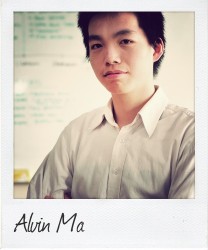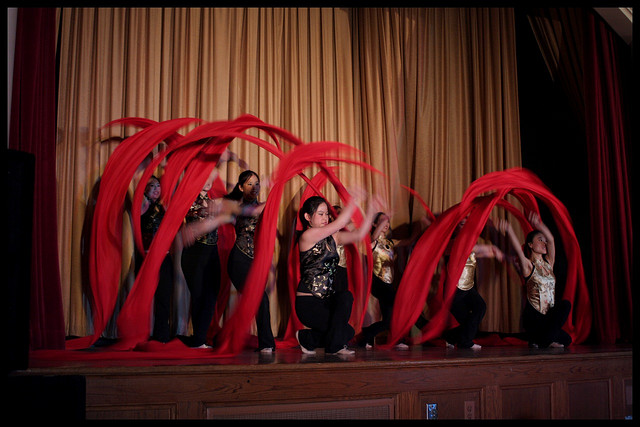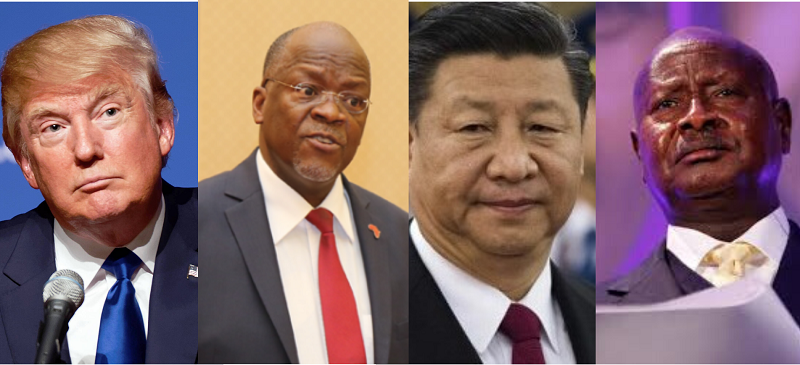"Sports can teach youth about other cultures"
January 5 Multiculturalism in Canadian and American cities has an impact on the physical education and health of students, writes Alvin Ma, 22, a Commonwealth Correspondent from Canada. But in some cases schools are missing opportunities to make use of multicultural resources in the community.
Multiculturalism in Canadian and American cities has an impact on the physical education and health of students, writes Alvin Ma, 22, a Commonwealth Correspondent from Canada. But in some cases schools are missing opportunities to make use of multicultural resources in the community.
“Jimmy, you must study harder…not just hockey all the time!”
During the 2006 Winter Olympics, Canadian coffee shop chain Tim Hortons aired a commercial titled “Proud Fathers.” A first-generation Chinese immigrant surprises his son Jimmy by attending grandson Tommy’s hockey games, as flashback scenes allude to his own past disdain for hockey. The ad’s creator, Paul Wales, notes a common strand among first-generation Chinese immigrants: “You work hard and you work first, and that’s what your life should be about.”
From my own account as a second-generation Chinese-Canadian, I partially share the experiences of viewers who claim that “someone was looking right into my family.” Although I have been raised to believe that education is of utmost importance and should take priority over sports, my studies in Exercise Sciences lead me to realize that education and sports are not mutually exclusive due to their ever-present link to health and personal wellness.
Part of my research deals with the way multiculturalism in Canadian and American cities shapes the promotion of physical education and health. I have examined the Canadian cities of Toronto and Vancouver alongside the American cities of San Francisco and Houston – all cities with sizeable ethnic minority and immigrant communities, yet functioning differently due to geography, political culture, or history. Toronto is arguably the most diverse city in the world, with over half the population born outside Canada and 223 different self-identified ethnocultural groups according to the 2006 census. Vancouver similarly possesses a large ethnic minority population, with some neighbourhoods such as the one in which I grew up having a ‘majority’ of “minority” population. San Francisco and Houston are sizeable American cities with large immigrant and ethnic minority communities, though they take up opposite ends on fitness rankings.
Overall, it is one matter to accept the changing demographic diversity, but it is another matter to adapt to it and address its challenges accordingly. In the United States, First Lady Michelle Obama undertook the “Let’s Move!” project to address the “epidemic” of childhood obesity and organized a task force to write a report about the severity of the issue. Its findings, entitled “Solving the Problem of Childhood Obesity within a Generation,” notes that the non-Hispanic white population has the lowest rate of obesity at 15 percent of children aged 12 to 17, relative to the Latino-American (23 percent) and African-American (25 percent) communities. The findings are not equal throughout the United States, with southern cities such as Houston experiencing significant problems. Houston is the largest city in the United States without zoning laws for developers. Its infrastructure is conducive to driving and drive-thru restaurants, which in turn is linked with higher rates of obesity and declining health quality. While San Francisco, Vancouver, and Toronto all possess suburbs, they also have higher-density city cores that are more conducive to walking and public transportation, which could also lead to more interaction with a diverse range of people.
Diversity is mentioned in the school curricula for all four cities. Houston runs its own city public education system, and one component focuses on dance from “various historical, cultural, and social genres” to teach students to appreciate movement and understand cultural diversity. In California, San Francisco students are encouraged to perform multicultural dances and understand the games played in different heritages. In British Columbia, Vancouver schools are supposed to emphasize the traditional Aboriginal and Metis games and recognize the cultural aspects of the Chinese ribbon dance as part of its multicultural education. Toronto school curriculum aims for “teachable moments” and “school-community interactions” that reflect the diversity of the local community, a healthy body image, and make clothing and gender-segregated accommodation for Muslims and other religious groups with regard to swimming and other physical activities.
In fact, certain components of multicultural education are easier to determine than others.
It is simple to criticize educators when cultural accommodations such as swimwear are denied, and it is simple to blame students for insensitive behaviour during physical activities such as the Aboriginal chicken dance. But when the activities are not even provided and students do not know that they are part of the curriculum, it is a missed opportunity to promote multicultural education policies.
In my 13 years of experience attending a Vancouver public school, I do not recollect participating in any explicitly multicultural physical activity, as educators do not always follow the suggested curriculum. A specialized guest instructor database could help ensure enriching activities are promoted.
The websites for all four school boards mentioned contain links to volunteer postings alongside links to community organization initiatives, but none of them have a specific category for a public registry to match guest instructors who specialize in certain physical activities such as tae-kwon-do or cricket.
A registry could centrally book certified experts in a particular physical activity in these large urban settings with many different schools in their districts. It would visibly promote diversity in education, and make it easier for individual schools to arrange for guest instructors. There is potential for a more enriched educational experience through collaboration. At the province and state level, if even the most culturally diverse schools in these cities do not practically recognize this component in their physical education classes, other places likely will not do so either. More research including interviews with participants about their multicultural physical activity experiences needs to be conducted in the future so that we understand whether schools are actually implementing diversity policies through sport and also see if, outside of school, they reflect Jimmy’s experiences.
photo credit: foreverdigital via photopin cc
…………………………………………………………………………………………………
About me:
I’m currently a student and research assistant for the Centre for Sport Policy Studies at the University of Toronto. I also teach English at an ESL language school and serve as a private tutor for various other subjects. Passionate about teaching, sports, and politics, I hope to blend these interests and one day teach university-level courses on the politics of sports.
………………………………………………………………………………………………………
Opinions expressed in this article are those of the author and do not necessarily represent the views of the Commonwealth Youth Programme. Articles are published in a spirit of dialogue, respect and understanding. If you disagree, why not submit a response?
To learn more about becoming a Commonwealth Correspondent please visit: http://www.yourcommonwealth.org/submit-articles/commonwealthcorrespondents/
…………………………………………………………………………………………………




